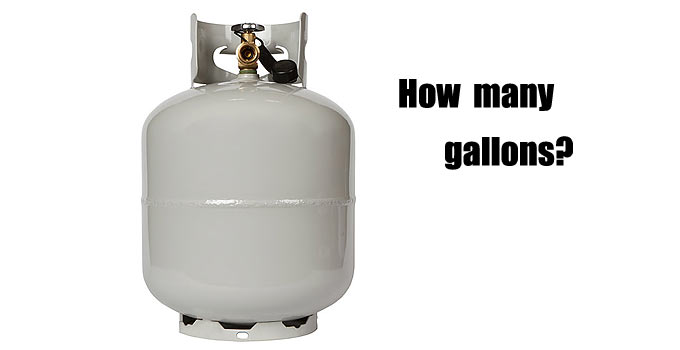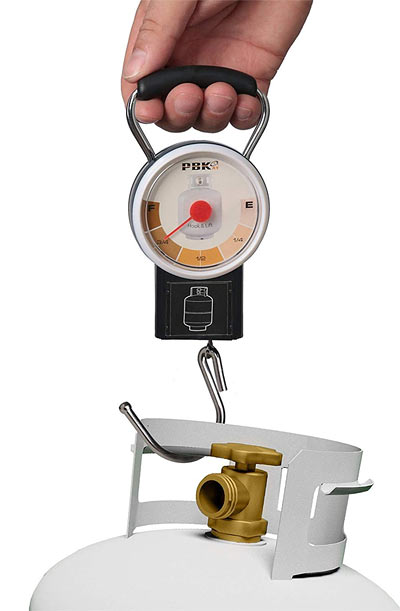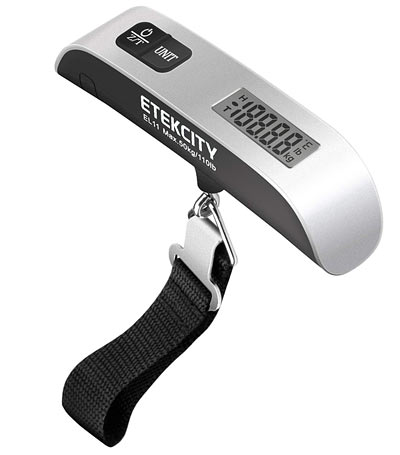How Many Gallons of Propane in a 20 lb Tank

It can be a bit confusing. That is, how many gallons of propane to expect in a standard 20 lb tank (typical barbecue grill size) when it’s “full”.
However, I’m going to make it simple for you (as simple as I can).
You will most likely get 4 gallons of propane when you bring your empty 20 lb propane tank to get it refilled.
Technically, the tank won’t be filled to it’s maximum capacity. But for safety reasons, a 20 lb propane tank should only fill to 80% of it’s maximum. If you were somehow able to fill the tank completely (unsafe) it would hold 5 gallons of propane.
Most consider a “full” 20 lb propane tank to hold 4 gallons of propane.
Note: Apparently today’s ‘exchange’ propane tanks might only be filled with 15 pounds, or about 3.5 gallons.
One quick and easy way to know how much is in the tank:
BBQ grill propane tank gauge specifically calibrated for 20-pound (5-gallon)
>> PROPANE TANK GAUGE SCALE
(view on amzn)
Why just 80% (4 gallons)?
Temperature plays a role. When the temperature rises, the LPG (propane) gas expands. Leaving a 20% empty margin in the tank will provide a level of safety.
If a tank is overfilled and has rust at the seems or other defects, it can fail. A rupturing propane tank is is a SERIOUS THREAT TO LIFE.
The pressure inside a propane tank is affected by temperature. It can range from about 60 psi (30 degrees F) to about 200 psi (100 degrees F).
Propane Tank Overfill Protection
Legal propane tanks will have an OPD, which is an Overfill Protection Device. It acts like a float, and will close the valve when it reaches 4.0-4.2 gallons of propane.
How do I know if my propane tank has an OPD overfill protection device?
If you open the tank’s valve and propane comes right out, you do not have an OPD. They are also recognizable by the triangular hand wheel at the top of the valve itself. The hand wheel connecting to the valve stem is tamperproof and is not interchangeable with a cylinder not equipped with the overfill prevention safety mechanism.
Propane pounds per gallon
Propane weighs 4.25 pounds per gallon.
Here’s a chart:
4.25 – 1
8.50 – 2
12.75 – 3
17.00 – 4
21.25 – 5
25.50 – 6
29.75 – 7
1. Weigh your propane tank
You might use this multipurpose luggage scale:
>> LUGGAGE SCALE
(view on amzn)
2. Subtract it’s TW Tare Weight (stamped on tank collar).
3. Read chart above to find equivalent gallons.
A standard 20 lb propane tank will typically fill with 17 pounds, or about 4 gallons.
For more details:
[ Read: How To Tell How Full (or Empty) Your Propane Tank Really Is ]
